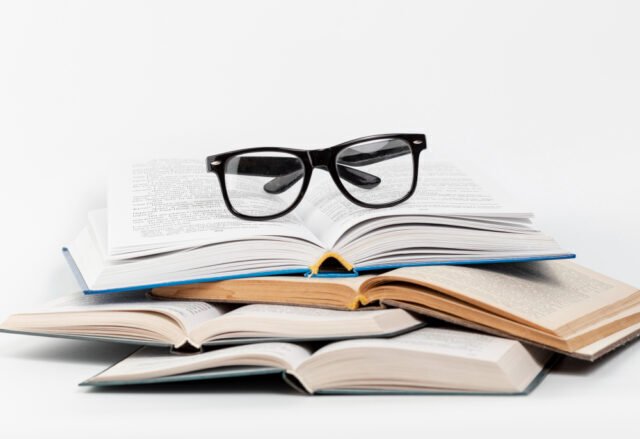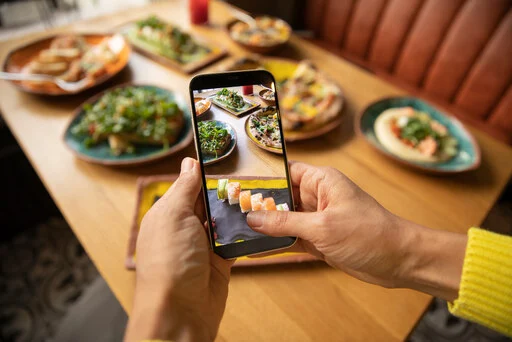Imagine carving stories onto cave walls, etching hieroglyphs on stone, or meticulously penning letters on parchment. For millennia, the pen has transcended its role as a mere writing tool, shaping lifestyle in profound ways. From capturing ideas and preserving knowledge to fostering communication and personal expression, the pen’s journey mirrors the evolution of human civilization itself. Dive into this captivating history and explore how the humble pen continues to impact our lifestyles even in the digital age.
Table of Contents
1. Ancient Origins: From Cave Paintings to Hieroglyphics
Discover how early humans communicated through cave paintings and developed hieroglyphics – the art of writing on the stones. These ancient writings give us insight into their lifestyles, beliefs, and daily activities, forming the foundation of human culture.
a. The Earliest Tools for Marking and Writing
Using basic materials like stones and sticks, our ancestors began marking surfaces to record their lifestyles. These primitive tools evolved into more sophisticated instruments, enabling the development of writing systems that shaped ancient civilizations.
b. Evolution of Writing Instruments in Ancient Civilizations
From the reed stylus and clay tablets of Mesopotamia to the papyrus scrolls and ink of Egypt, writing instruments evolved to meet the needs of ancient lifestyles. Each advancement reflected the culture and values of these societies, leaving a lasting impact on human history.

2. Medieval Manuscripts and the Renaissance Revival
In the Middle Ages, monks and scribes worked tirelessly to create handwritten manuscripts, preserving knowledge and shaping lifestyle. This dedication continued into the Renaissance, sparking a renewed interest in art, literature, and learning.
a. The Role of Monks and Scribes in Preserving Knowledge
Monks and scribes were essential in preserving knowledge through handwritten manuscripts. Their meticulous work ensured that important texts were passed down through generations, influencing education and lifestyle across medieval society.
b. Innovation and Refinement: From Quills to Fountain Pens
From quills to fountain pens, writing tools evolved to meet the needs of changing lifestyles. Fountain pens brought greater convenience, becoming accessible to more people. Today, they remain beloved for blending tradition with modernity in everyday life.
3. Industrial Revolution: Mass Production and Accessibility
The Industrial Revolution changed how things were made, including pens. Machines made pen production faster and cheaper, so more people could afford them. This meant pens became a part of everyday life for many, shaping how people communicated and organized their lifestyles.
a. Printing Press and the Democratization of Information
The printing press, invented by Gutenberg, made books and newspapers easier to produce. This meant more people could read and learn new things. It changed lifestyles by giving everyone access to knowledge, shaping how they thought and lived.
b. Emergence of Commercially Produced Pens
During the Industrial Revolution, pens started being made in factories. This made pens cheaper and more available. Now, everyone could have a pen, not just the wealthy. Pens became symbols of education and status, influencing how people lived and interacted in their daily lives.

4. Modernization: Pen in the Digital Age
Today, even with all the technology around us, pens still have a place in our lives. While we type on keyboards and screens, many of us still like to write with a pen. It feels personal and helps us think clearly. So, in our modern lifestyle, pens offer a balance between old and new ways of doing things.
a. Impact of Technology on Writing Habits and Lifestyle
Technology changed how we write and live. We use computers and phones for almost everything now. They’re fast and handy, but they also mean we spend a lot of time looking at screens. Some worry this isn’t good for us. Still, many of us like the feel of a pen in our hand. It helps us stay connected to the physical world, even as we embrace the digital one.
b. Evolution of Pen Designs for Contemporary Use
Pens have changed to fit our modern lives. They’re lighter, more comfortable to hold, and some even have special features like styluses for touchscreens. These new designs understand that we’re always on the move and need tools that keep up with our lifestyle. So, even as our world becomes more digital, pens find new ways to stay relevant and useful.
5. Cultural Significance and Symbolism
Pens are more than just tools – they’re symbols of authority and expression in many cultures. When someone signs a document with a pen, it shows they’re serious and committed. Plus, pens are linked to writing and literacy, which are vital parts of culture and lifestyle worldwide.
a. The Pen as a Tool of Authority and Expression
Leaders and writers alike have used pens to make their mark on history. Signing important documents with a pen shows authority and importance. Writers use pens to share their thoughts, challenge ideas, and inspire change. So, whether it’s signing a treaty or penning a novel, the pen is a powerful tool for shaping society and lifestyle.
b. Literary and Artistic Representations of the Pen in Culture
In stories and art, pens often symbolize creativity and inspiration. Think of Shakespeare’s quill or paintings of artists at work with their brushes. These images remind us of the power of artistic expression and how it shapes our cultural lifestyle. Pens help bring ideas and emotions to life, leaving a lasting impact on our shared culture.

6. Conclusion
In wrapping up our journey through the history of the pen, it’s clear that this simple tool has made a big impact on how we live our lives. From ancient times to the present day, the pen has been there to help us express ourselves, keep records, and connect with others. Even with all the new technology, the pen remains an important part of our lifestyle, offering a sense of tradition and personal touch in our digital world.
- The Enduring Legacy of the Pen: Connecting Past, Present, and Future
Looking back, we see how the pen has always been a link between the past, present, and future. It’s been with us through thick and thin, adapting to our changing needs and lifestyles. As we move forward, the pen continues to remind us of the importance of craftsmanship, creativity, and human connection. It’s more than just a writing tool—it’s a symbol of our shared humanity and the stories we tell along the way.
In conclusion, the pen’s story is far from over. As we continue on our journey, let’s remember the lessons of the past and embrace the timeless elegance of the pen in our daily lives. Whether writing letters, jotting down notes, or simply doodling on a piece of paper, the pen remains a cherished companion, enriching our lifestyle and leaving its mark on the world around us.



















































